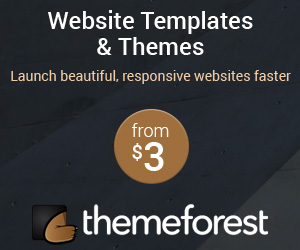Nature and cities can live together successfully – if we pursue a long-term vision that recognises and embraces the value of green infrastructure and biodiversity to society.

In this article on Cities Under Stress, Bruce Sterling encourages us to ask what we want from our cities. The answer, surely, must be ecologically rich urban environments. As Tom Armour noted, planting large species trees in urban environments brings a host of social, environmental and economic benefits. Who wouldn’t want to share their city with plants that have been shown to improve physical and mental health, reduce hospital recovery times and increase workplace productivity?
But despite studies on the benefits of fostering nature in cities, the value of green infrastructure is too often overlooked – with engineering solutions preferred to environmental solutions. Considering the wider picture and taking broader benefits into account will lead to greener solutions that provide great economic and multifunctional benefits.
The knowledge and technology we need to create rich natural environments in cities already exists; the problem is applying it. And what’s vital is that any action should be implemented in a coherent, coordinated way to realise long-term benefits. The whole is greater than the sum of its parts, and if smaller interventions are coordinated and based around an overarching vision, the return on capital investment would increase greatly. What’s more, the investment needed to realise huge rewards is tiny when compared to the overall cost of development.
From our partners:
Biodiversity cannot flourish in fragmented habitats so green infrastructure must be interconnected. One example of big thinking is the All London Green Grid (ALGG) – an integrated network of green and open spaces. The ALGG sees green infrastructure as an asset, valued for the social, health, environmental, economic, and educational benefits it brings to London. It gives green infrastructure the same kind of protection, investment and innovation in design and management as more familiar types of infrastructure like transport networks. At a smaller scale green roofs and brown habitat roofs can provide critical areas of refuge for wildlife and corridors through the city.
Strategies like the ALGG have been and gone in the past, but we must follow through initiatives like this over a period of decades, and through political cycles, if we are to reap all the benefits nature brings us. The properties of steel and concrete are well understood but nature is more complex and evolves over time. It must be nurtured – and managed – to reach its full potential. And this is where a short-term approach to building cities lets us down. The longer we invest in nature, the bigger the returns will be.
Finding the right incentives is the key. Currently, quantitative sustainability indicators encourage formulaic, point-scoring approaches, rather than place-specific valuable habitats. One well-designed and successful habitat is more valuable than five smaller, inappropriate habitats. The focus should be on quality, as much as it is on quantity.
In the UK, we’ve seen some positive policy developments in this area. Arup is one of 150 members of the Green Infrastructure Partnership that has come together to foster green infrastructure. And in its Natural Environment White Paper, the UK Government promises to ‘move from net biodiversity loss to net gain by supporting healthy, well-functioning ecosystems and coherent ecological networks’.
But it’s not just policies that will need to change; attitudes will have to shift too. We need the kind of challenge Koert van Mensvoort offers when he asks: ‘What is nature?’. If we’re going to enjoy the benefits green infrastructure can bring us, we must design our green spaces for more than just their aesthetic value.
We must stop valuing the ‘green concrete’ of neatly manicured grass and embrace the diversity of meadows and multifunctional landscapes. We must welcome large species trees on to our city streets. And we must learn to share our space with a wider variety of wildlife.
Are you ready to let nature into your city?
This article originally appeared in Arup.
















